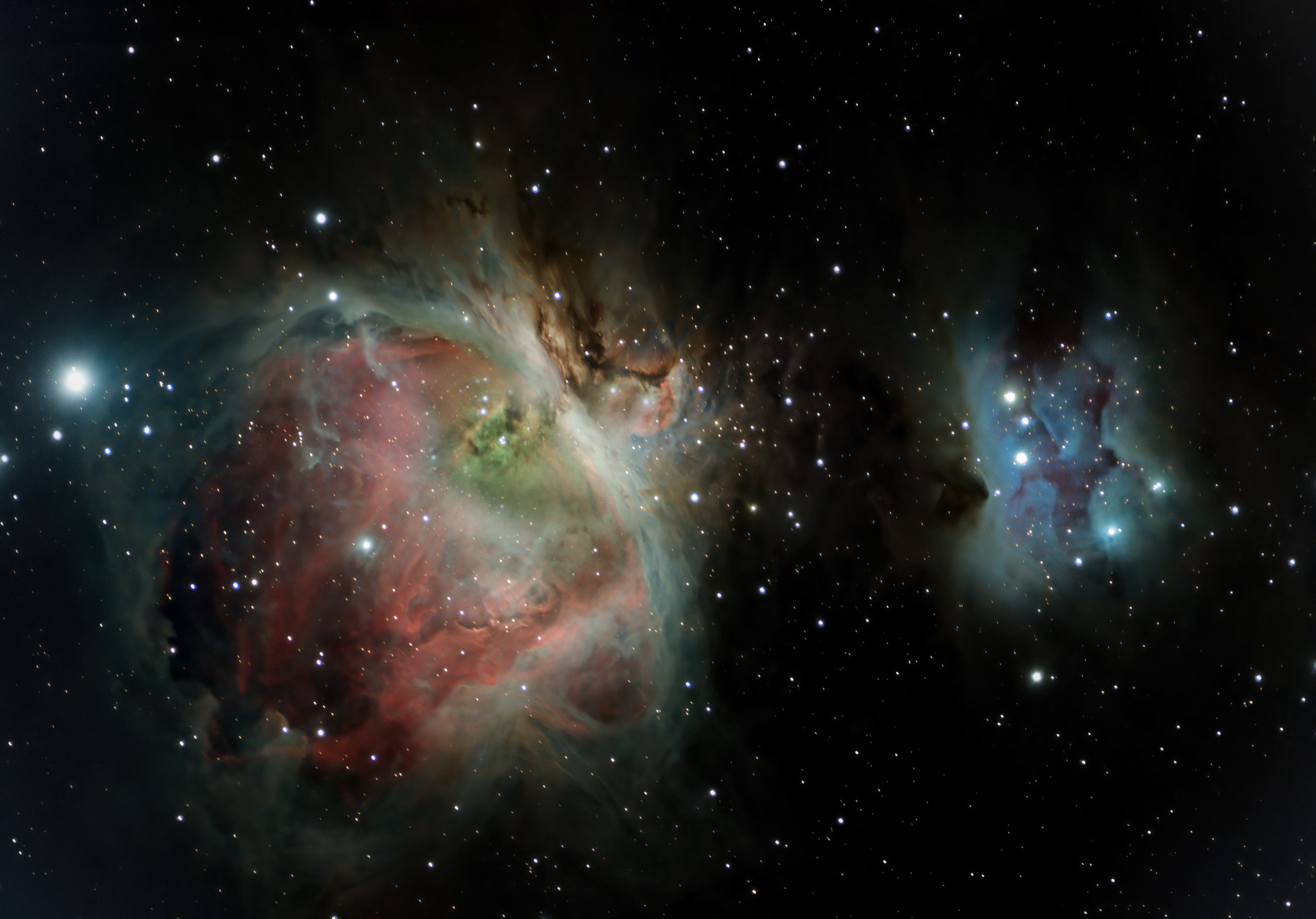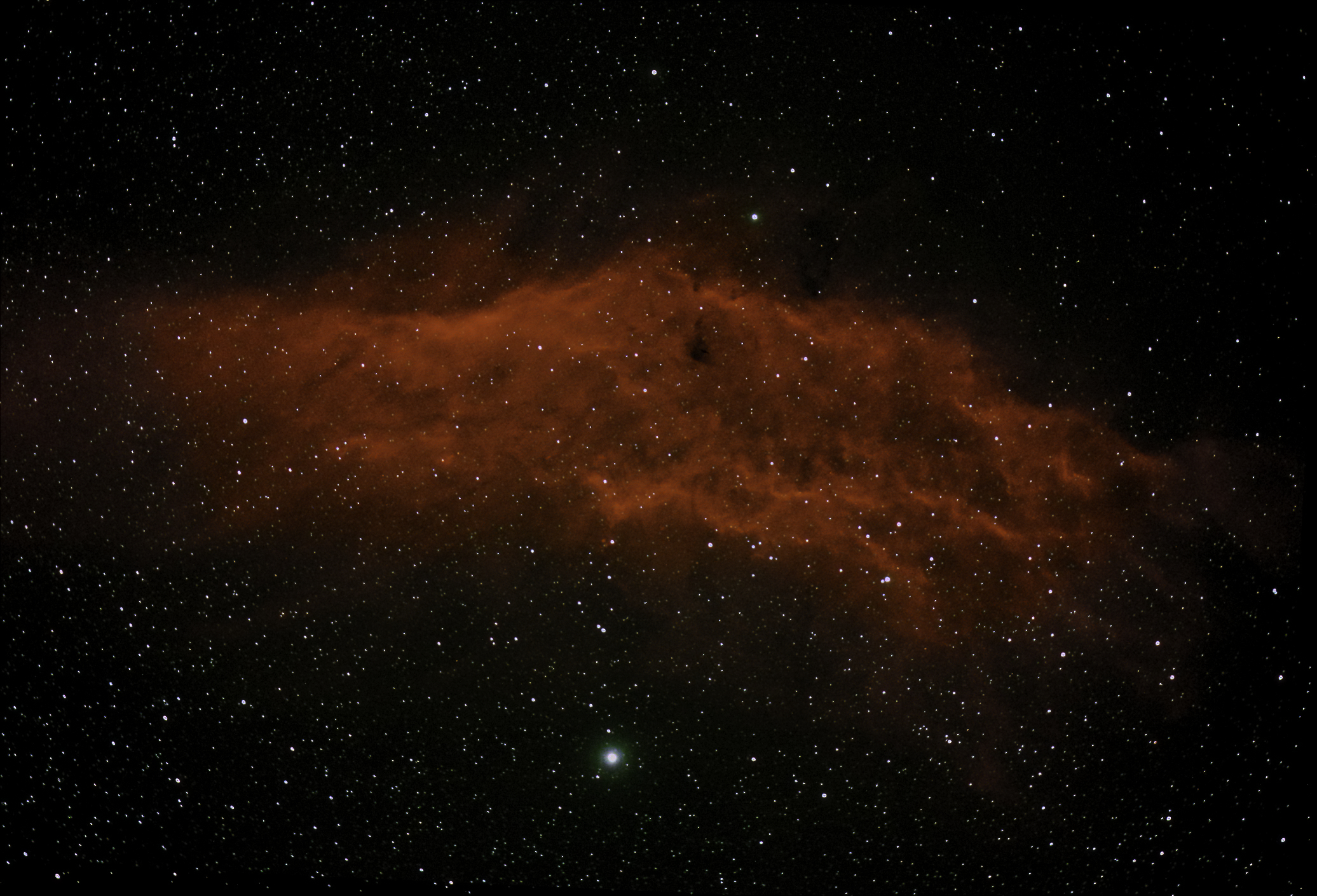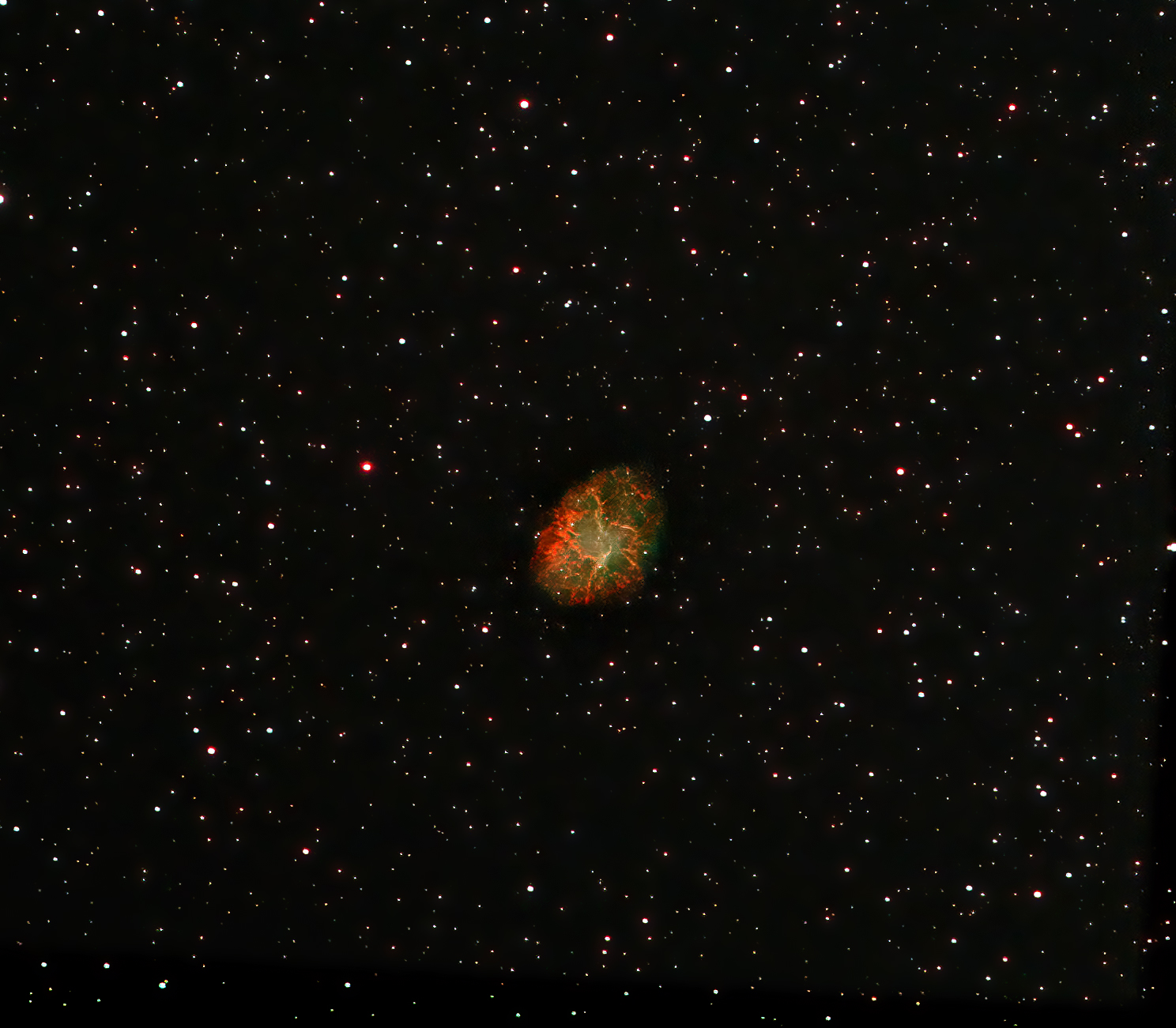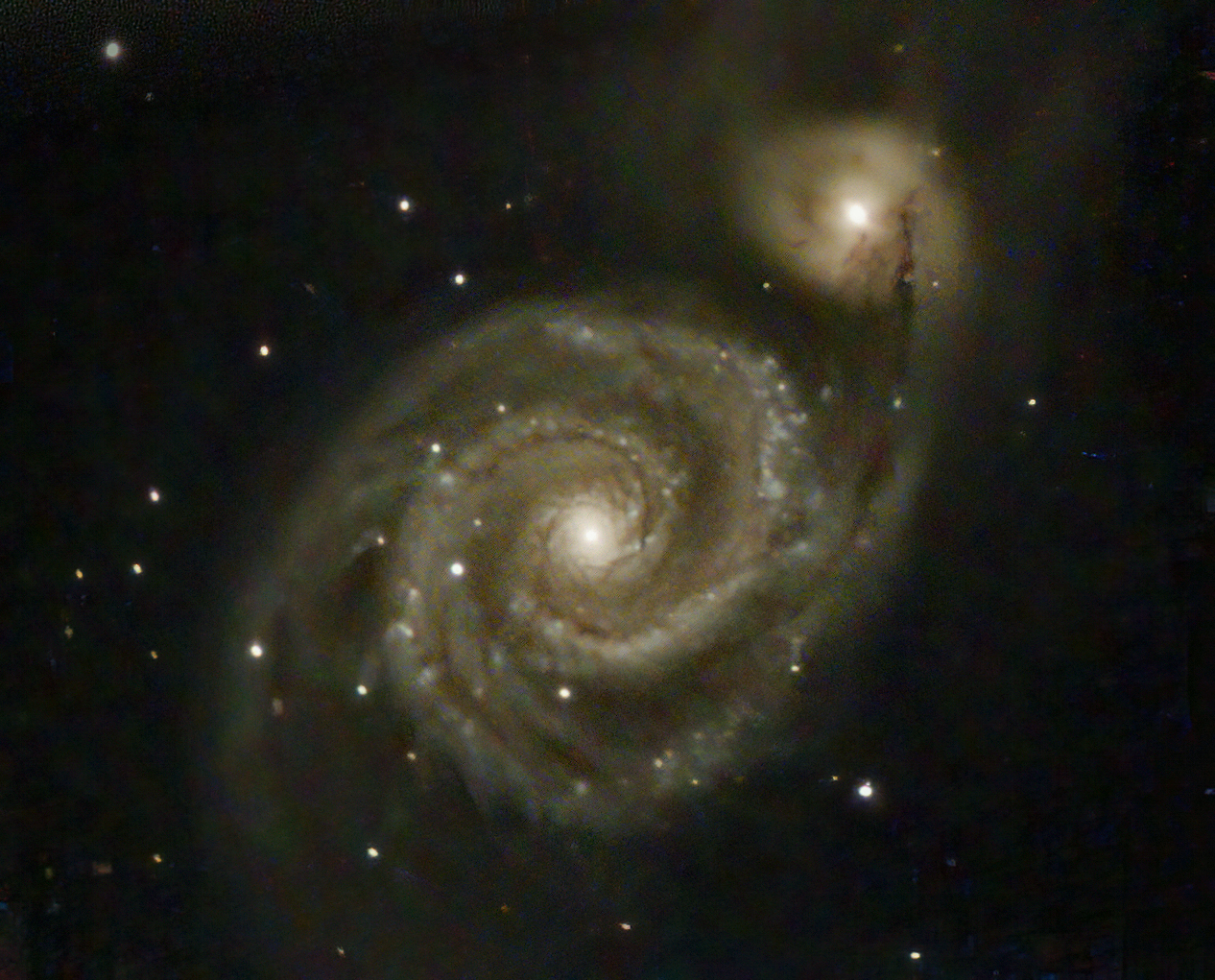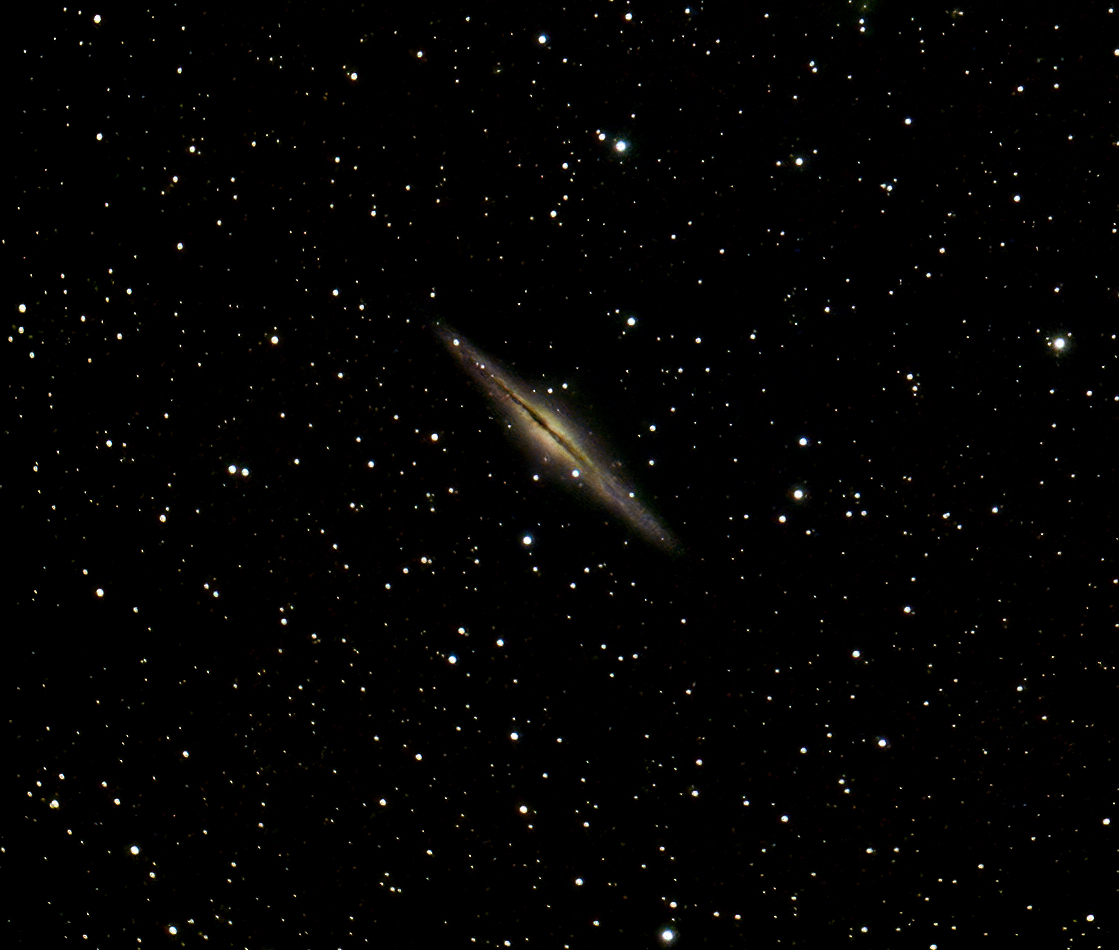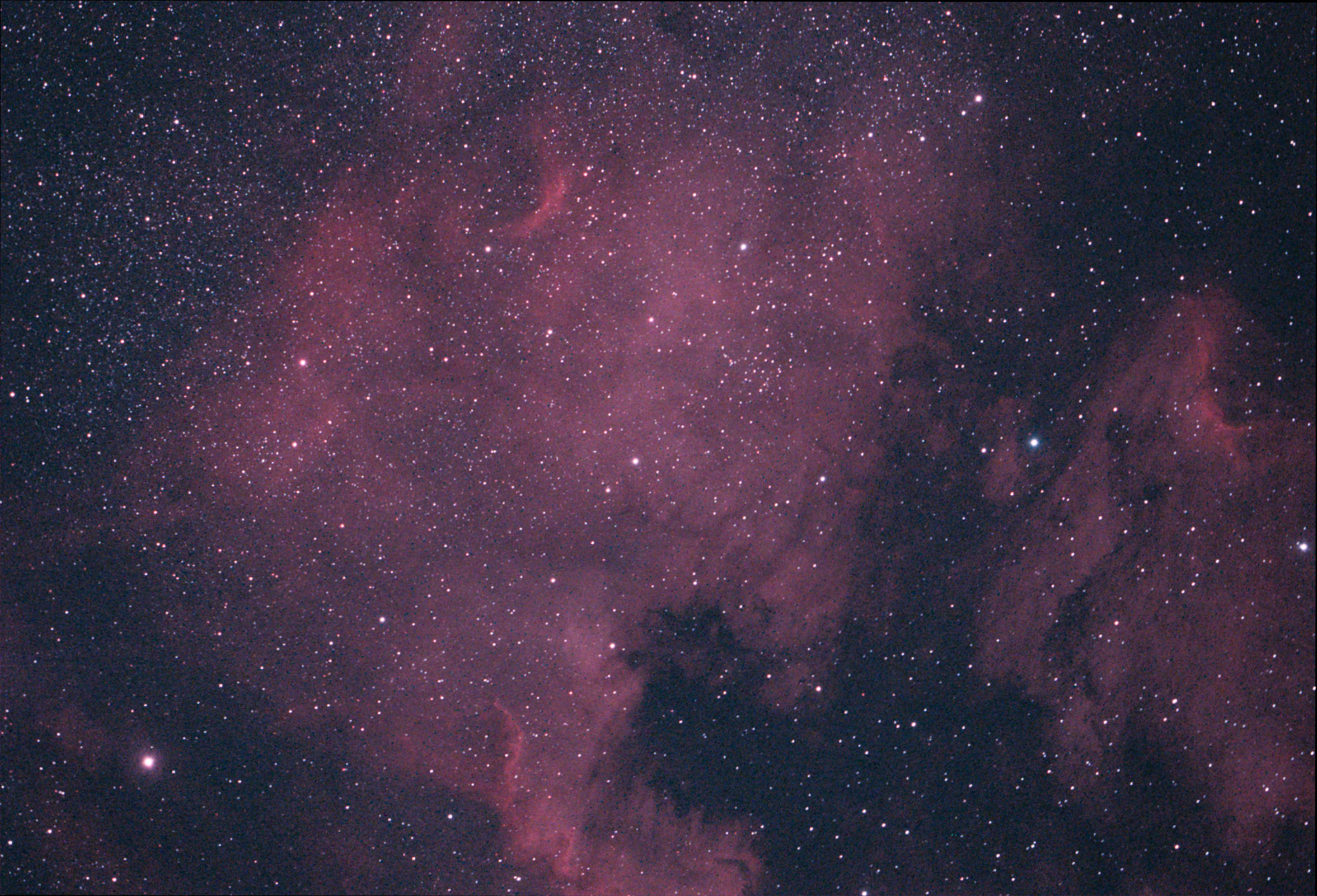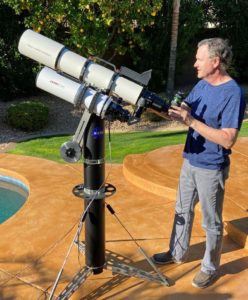 In the autumn of 2020 I noticed quite a few great astrophotos on Instagram from @azastroguy. All the images were taken with a Panther telescope mount in Alt-Az mode. The guy behind these great images is Mark Johnston of Scottsdale, Arizona. I asked Mark if he could tell a little about his images.
In the autumn of 2020 I noticed quite a few great astrophotos on Instagram from @azastroguy. All the images were taken with a Panther telescope mount in Alt-Az mode. The guy behind these great images is Mark Johnston of Scottsdale, Arizona. I asked Mark if he could tell a little about his images.
Can an Alt-Az Mount produce good astrophotos?
Yes! I have been an active amateur astronomer for decades but only began my first astrophotography in June 2020, so keep in mind these photos were taken by a relative beginner. 100% of my photos are taken with the TTS-160 Alt Az mount.
First of all, I’d like to say the mount is awesome as a visual mount. Portable, rugged, easy & quick to set up and tracks perfectly once aligned. But does it work for AP?
I live in Bortle 7 light-polluted suburb but despite that have managed to get some excellent photos using fast CCD cameras and Sharpcap live stacking. An Alt Az mount does create some limitations. Due to field rotation, you are limited to ~32 second maximum exposures, and about 30-40 minutes total exposure depending upon the telescope focal ratio, camera used and size of the target. Here are some examples of photos I have taken with either a 5.5″ F7 or 4″ F5 APO, the TTS-160 and a ZWO camera. The galaxies were taken at a dark site, but the nebulas from my backyard. In all cases the total exposure was less than 30 minutes, often 15-20. I plan to acquire the Track the Stars rOTAtor, and will begin to experiment with longer exposures.
More examples of photos taken with the TTS-160 can be seen on my Instagram @azastroguy.
Mark Johnston.
Below are some of Mark’s images. They are good examples of what can be achieved with an Alt-Az mount while keeping the process simple. With a setup like this you don’t need to level or polar align your mount and no autoguiding is needed. Just point and shoot.
If you feel like you want to do more you can always add a rotator to your Alt-Az mount and move on to long exposure astrophotography.
Orion Nebula, 5.5″ f/7 refractor, ZWO294MC camera, 30 min combined exposure
California Nebula, 4″ f/5 refractor, ZWO294MC camera
The Crab Nebula M1, 5,5″ f/7 refractor, ZWO294MC camera, 98×32 sec – 50 min combined
The Whirlpool Galaxy M51, 5,5″ f/7 refractor, ZWO294MC camera, 28×32 sec – 15min combined
NGC 891 Galaxy, 5,5″ f/7 refractor, ZWO294MC camera, 25 min combined
North America Nebula NGC 7000, ZWO294MC camera, 4″ f/5 refractor
